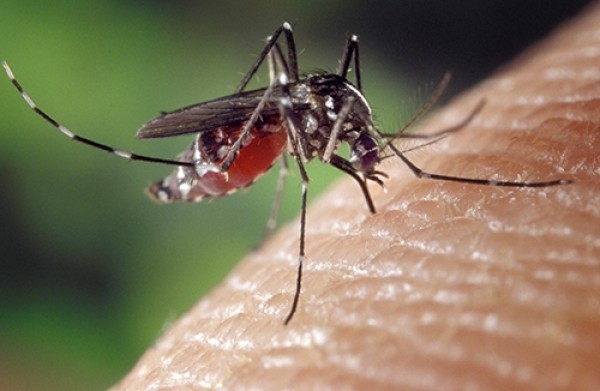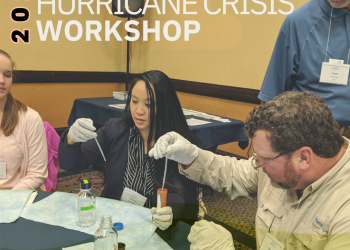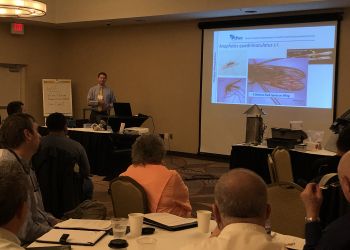“Surveillance and control of health threats posed by mosquitoes and ticks are important responsibilities of all local health departments,” said NACCHO Chief Executive Officer Lori Tremmel Freeman.
Findings highlight improvements in efforts to prevent mosquito- and tick-borne diseases, but gaps remain
Washington, DC, May 18, 2022 — Today the National Association of County and City Health Officials (NACCHO), the voice of the country’s nearly 3,000 local health departments, released its Vector Surveillance and Control at the Local Level report. The report is linked here: This report explored the current status of local vector capacity, including progress made in mosquito surveillance and control since 2017 and – for the first time – a baseline of local tick surveillance and control activities. Of the 483 local vector control programs responding to the Vector Surveillance and Control at the Local Level survey:
- The proportion of programs considered fully capable in mosquito surveillance and control tripled between 2017 and 2020 (from 8% to 24%, respectively).
- While most programs reported that they were able to perform most of the core and supplemental surveillance and control activities for mosquitos in 2020, the capacity for pesticide resistance testing was still notably lagging, keeping most programs from becoming fully capable in mosquito control and surveillance—with only 31% of programs reporting capacity in this area.
- Only one quarter (103 programs) reported any tick activities. Of those programs one in five (21%) reported tick surveillance activities, and only 3% reported any type of tick control activity.
- Of programs engaged in tick surveillance, more than half (55%) target Ixodes scapularis or the blacklegged tick, the predominant vector for Lyme disease.
- Most programs did not engage in education and outreach around preventing tickborne diseases.
Vectors are mosquitoes, ticks, and fleas that spread pathogens. A person who gets bitten by a vector and gets sick has a vector-borne disease. Examples of vector-borne diseases spread by mosquitoes and ticks are Zika, Dengue fever, West Nile Virus, and Lyme disease. Lyme disease is probably the most well-known vector-borne disease to the public. It is the most commonly reported vector-borne illness in the United States, with an estimated 30,000 infections occurring each year.
“Surveillance and control of health threats posed by mosquitoes and ticks are important responsibilities of all local health departments,” said NACCHO Chief Executive Officer Lori Tremmel Freeman. “Our Vector Surveillance and Control at the Local Level report indicates local vector programs have improved mosquito surveillance and control capacity since 2017, but gaps still remain. More health departments need support, training, and resources to evaluate current mosquito control practices, like measuring insecticide resistance levels.”
Local programs have additional capacity to conduct surveillance and make treatment decisions, still 69% of programs are not monitoring for pesticide resistance. The risk of using ineffective control methods undermines financial responsibility and public health interventions. Further, very few programs conduct tick surveillance or control activities, exacerbating gaps in data on tickborne disease cases, tick prevalence, and the expanding range of ticks due to climate change.
To understand the overall capacity of local vector programs, NACCHO fielded the 2020 National Vector Control Assessment between November 2020 and January 2021 with support from the CDC. The survey was the second iteration of a national assessment first conducted in 2017. The 2020 study also marks the first comprehensive national assessment of tick-related program activity at the local level. Forty-eight states and Washington, D.C. are represented in the sample.
A total of 483 programs responded to the 2020 assessment. A total of 348 programs responded to both the 2017 and 2020 assessments. The response rate for the 2020 assessment was 29%.
Learn more about NACCHO’s work at https://www.naccho.org/programs/environmental-health/hazards/vector-control.
###
About NACCHO
The National Association of County and City Health Officials (NACCHO) represents the nation’s nearly 3,000 local governmental health departments. These city, county, metropolitan, district, and tribal departments work every day to protect and promote health and well-being for all people in their communities. For more information about NACCHO, please visit www.naccho.org.







